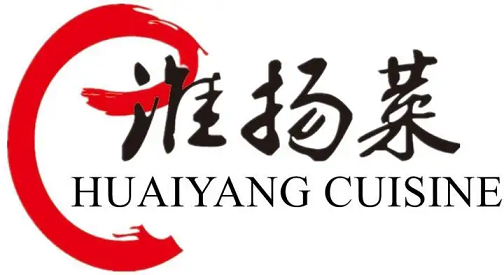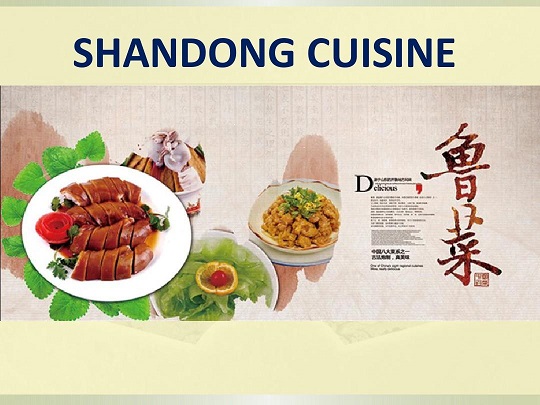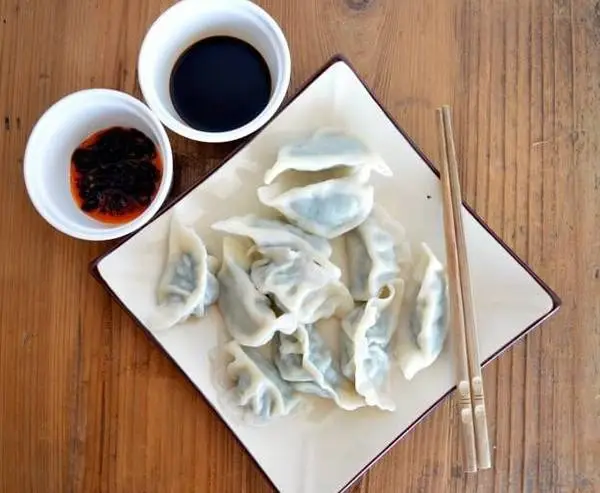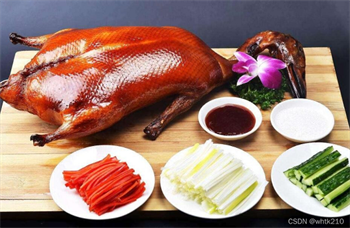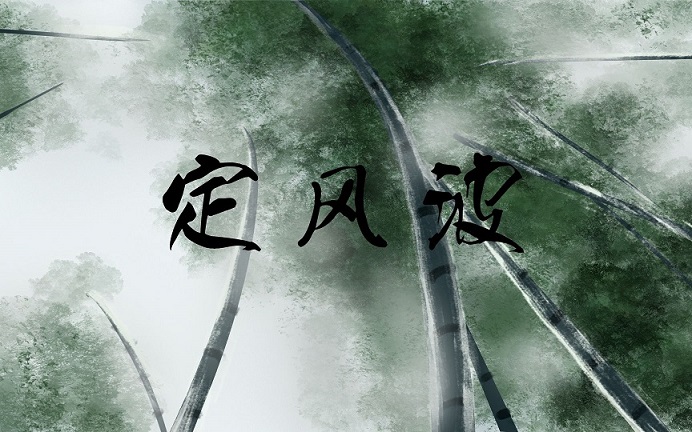Sichuan cuisine is one of the eight major cuisines in Chinese cuisine. It is named after its origin in the Sichuan area (including the municipality directly under the Central Government of Chongqing today). It is characterized by hemp, spicy, fresh and fragrant.Among them, Mala is the most distinctive taste of Sichuan cuisine. Most of the meals used every day contain more spicy than the average person can accept. The Sichuanese and Chongqing people living in this area are also famous for their ability to eat spicy food..
The appearance of classical Sichuan cuisine can be traced back to the Qin and Han dynasties, and a genre has been formed in the Song Dynasty, and the scope of influence at that time was mainly in the Central Plains.Zanthoxylum bungeanum is native to Qinshu and other places in China. "Shen Nong's Materia Medica" contains Qin pepper and Shu pepper.In the late Ming and early Qing dynasties, chili peppers were introduced into China from the Americas via Europe. By the mid-Qing Dynasty, Chinese cuisine determined the use of the main flavoring agents—chili peppers and sucrose.Sichuan cuisine also began to be seasoned with chili peppers, and a spicy and spicy cooking method was formed, and Sichuan cuisine in the modern sense began to take shape.In 1646, after Prince Su Hauge killed Zhang Xianzhong, a large number of Han people migrated west to Sichuan, creating Sichuan's unique art of tune.During the reign of Emperor Qianlong of the Qing Dynasty, Li Tiaoyuan, a scholar in Luojiang, Sichuan, systematically collected 38 cooking methods of Sichuan cuisine in his "Hanhai·Xingyuan Lu".Since the late Qing Dynasty, Sichuan cuisine has gradually formed a cuisine with extremely strong local flavor. It consists of five types of dishes, including banquet dishes, popular light meals, home-cooked dishes, three-steamed nine-buckle dishes, and flavor snacks.Its flavor is clear, fresh, mellow, and strong, and it is famous for its spicyness.It has a considerable impact on the upper reaches of the Yangtze River and Yunnan and Guizhou.Sichuan cuisine is represented by dishes from Chengdu and Chongqing.The condiments used are Chinese prickly ash, pepper, and chili, collectively called "three peppers"; onion, ginger, and garlic, collectively called "three incense"; and Pixian bean paste, Yongchuan fermented bean sauce, etc. are also frequently used."Fish flavor", "strange flavor" and other dishes.The style of Sichuan cuisine is simple and fresh, the official Sichuan cuisine is exquisite and unique, and the farmer Sichuan cuisine has a strong local flavor.Sichuan cuisine has a saying of "seven flavors and eight flavors". "Seven flavors" refer to sweet, sour, numb, spicy, bitter, fragrant, and salty;Red oil, ginger juice, homely.Sichuan cuisine is characterized by numbness, spicy, fragrant, fresh, oily, and thick flavor, and reuses "three peppers" and fresh ginger.On the basis of the 7 basic flavors, it can be changed into a variety of compound flavors.There are many classic dishes in Sichuan cuisine, the most well-known of which are the classic dishes of Sichuan cuisine such as mapo tofu, back pot meat and husband and wife lung slices



